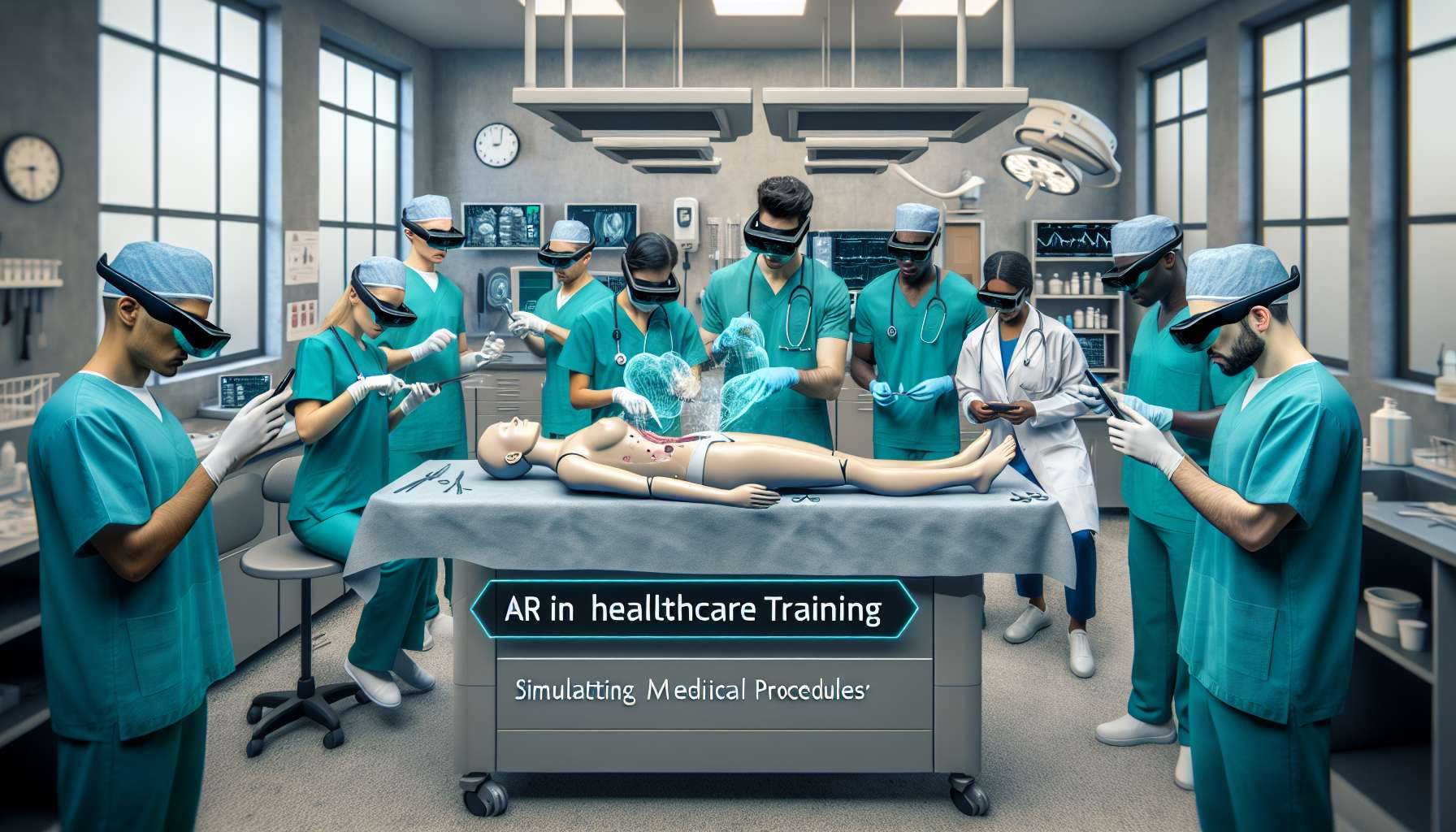The Impact of Augmented Reality in Healthcare Training
Augmented Reality (AR) has been revolutionizing various industries, and one area where its potential is truly transformative is healthcare training. The ability of AR to simulate medical procedures with a high level of realism is changing the way medical professionals are trained.
Enhanced Learning Experience
Traditional methods of healthcare training often involve textbooks, lectures, and limited hands-on experience. AR technology allows for a more immersive and interactive learning experience. By overlaying digital information onto the real world, AR enables trainees to visualize complex medical concepts in a three-dimensional space.
- AR simulations can replicate surgical procedures, allowing trainees to practice in a risk-free environment.
- Trainees can interact with virtual patients to diagnose and treat various conditions, improving their decision-making skills.
- AR can provide real-time feedback and guidance, helping trainees learn from their mistakes and refine their techniques.
Improving Patient Outcomes
The use of AR in healthcare training not only benefits medical professionals but also has a positive impact on patient outcomes. By allowing trainees to practice and perfect their skills in a realistic virtual environment, AR helps reduce medical errors and improve the quality of care provided to patients.
Furthermore, AR simulations can be customized to replicate specific patient cases, giving trainees the opportunity to experience a wide range of scenarios and develop their expertise in handling different medical situations.
Future Applications
As AR technology continues to advance, the possibilities for its use in healthcare training are endless. From virtual anatomy lessons to remote surgical assistance, AR has the potential to revolutionize the way medical professionals are trained and ultimately improve the standard of healthcare delivery.
By embracing AR in healthcare training, medical institutions can ensure that their staff are well-equipped to provide the best possible care to patients, leading to better health outcomes and overall patient satisfaction.








